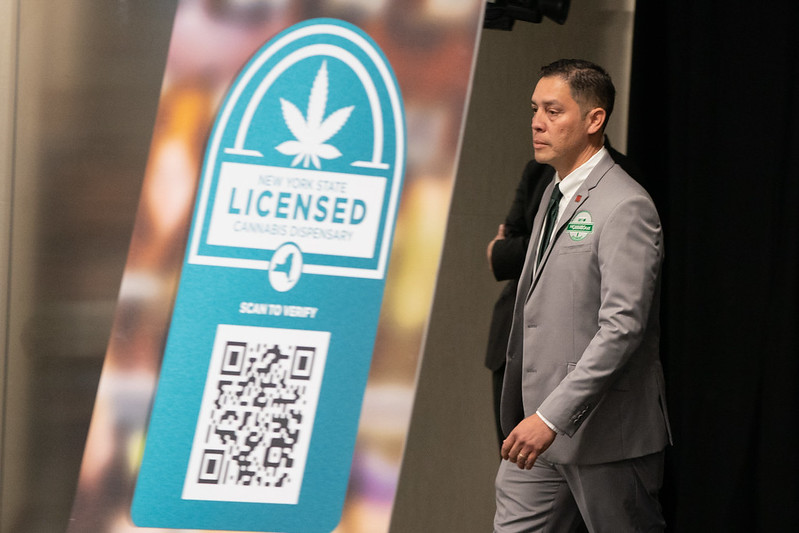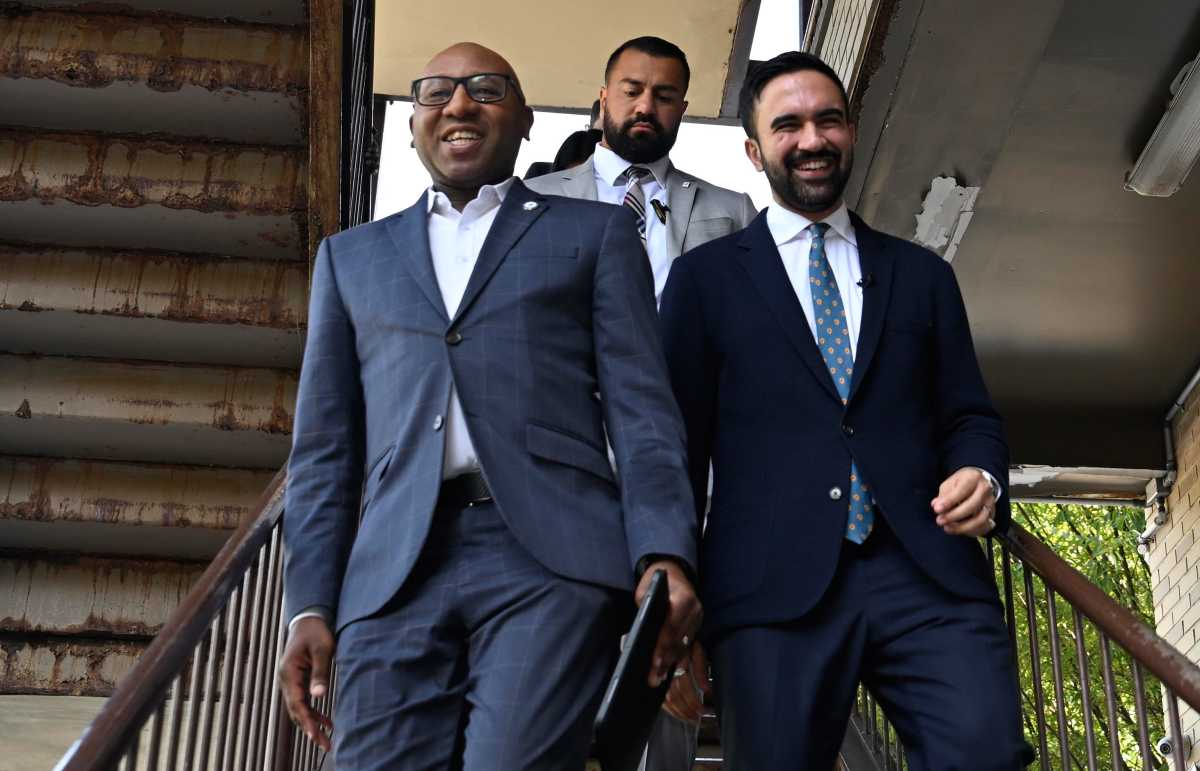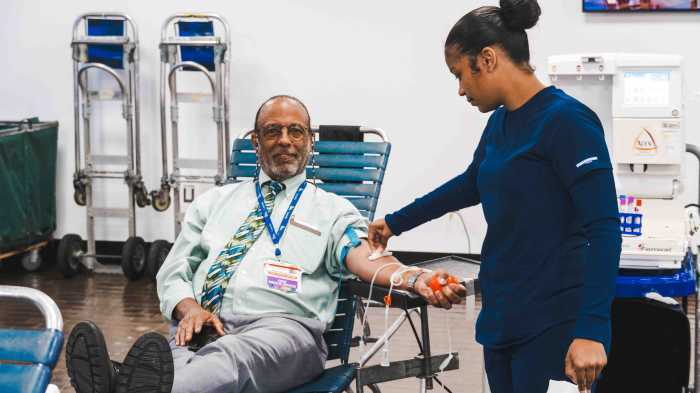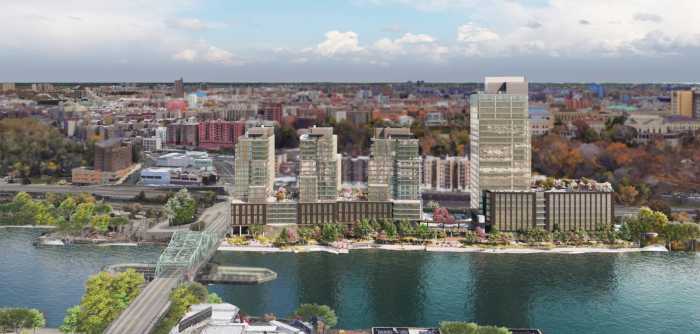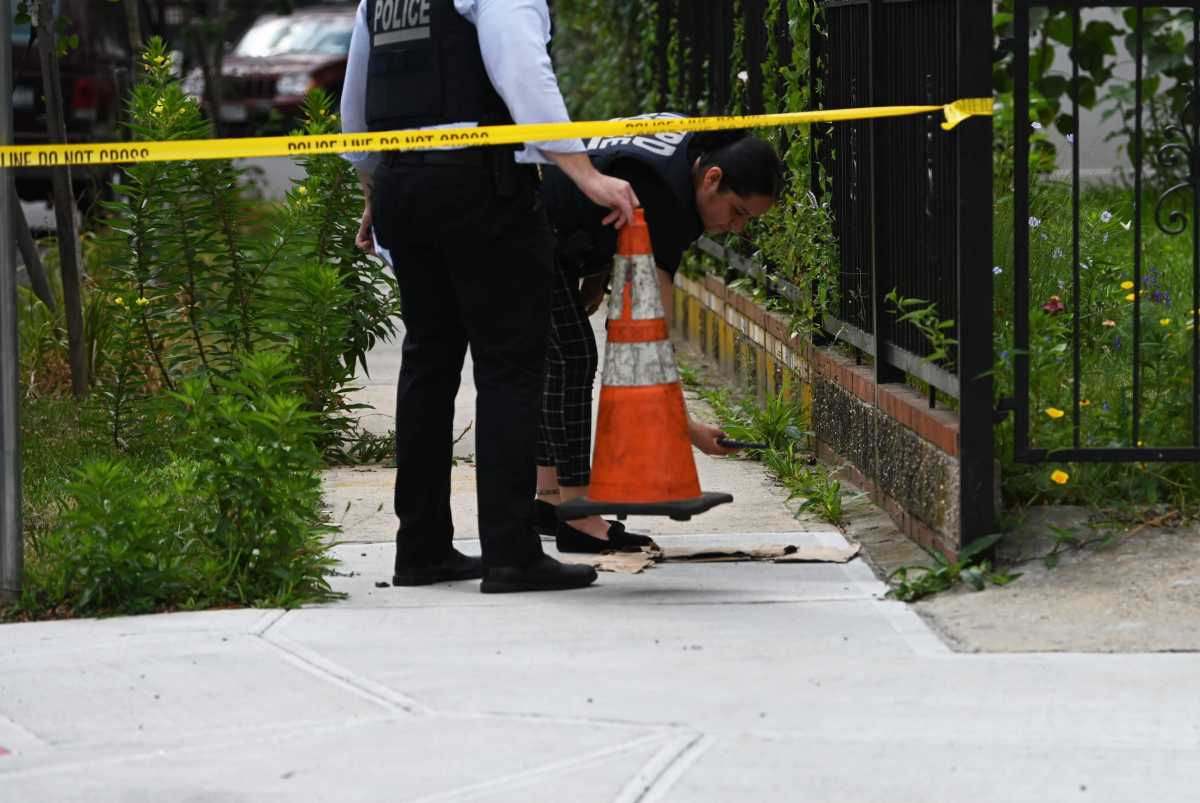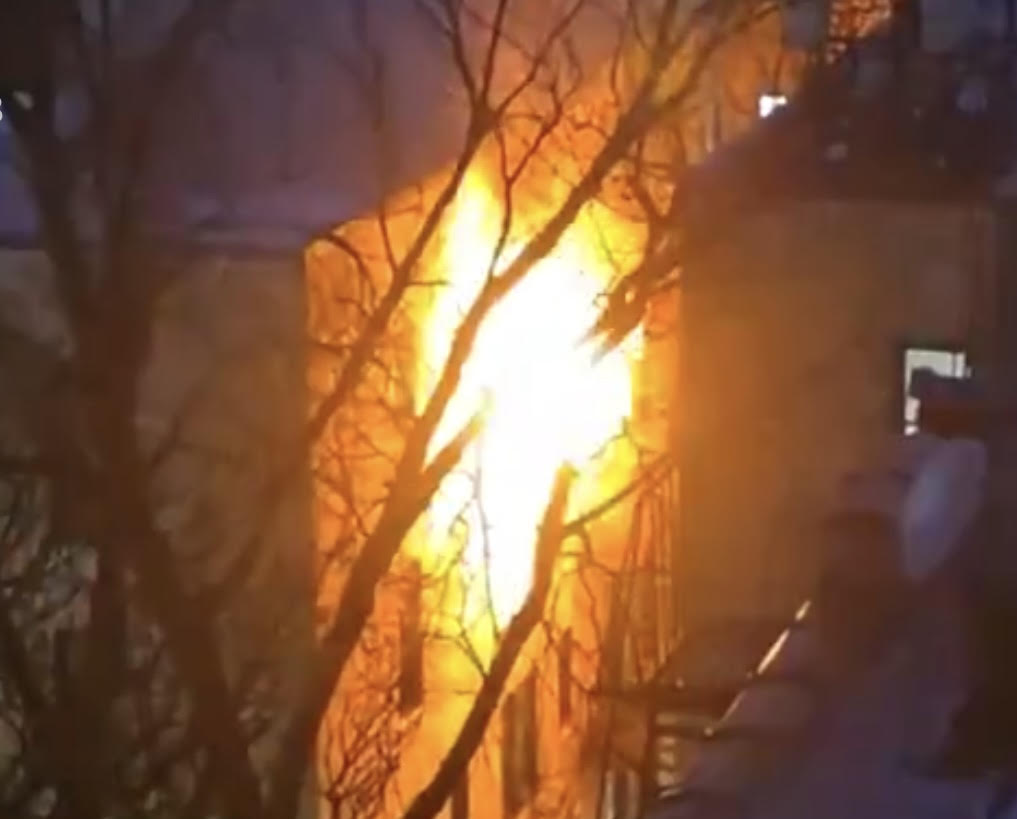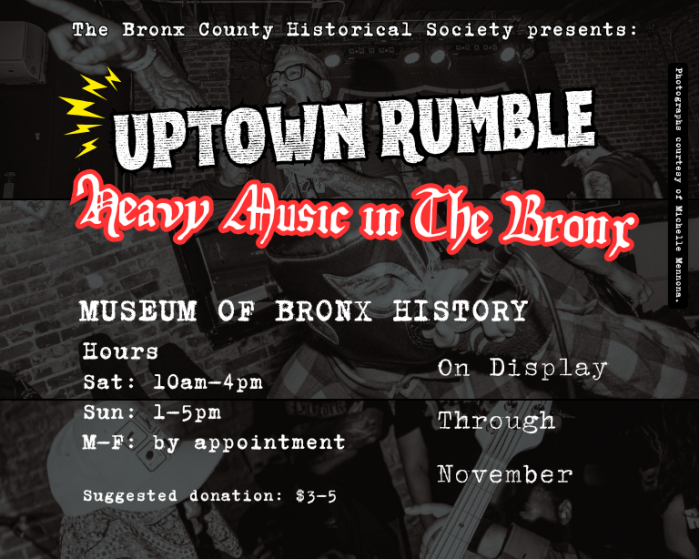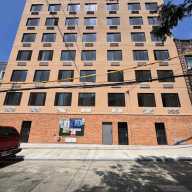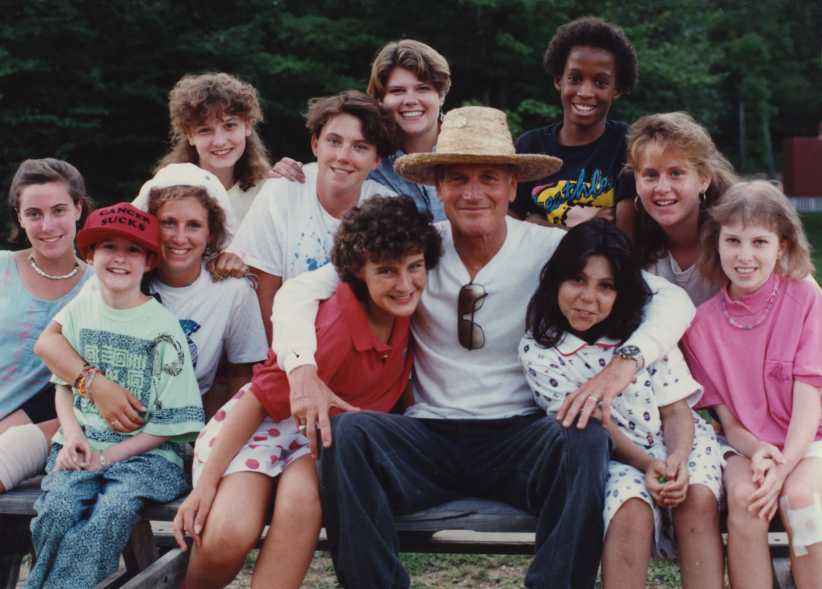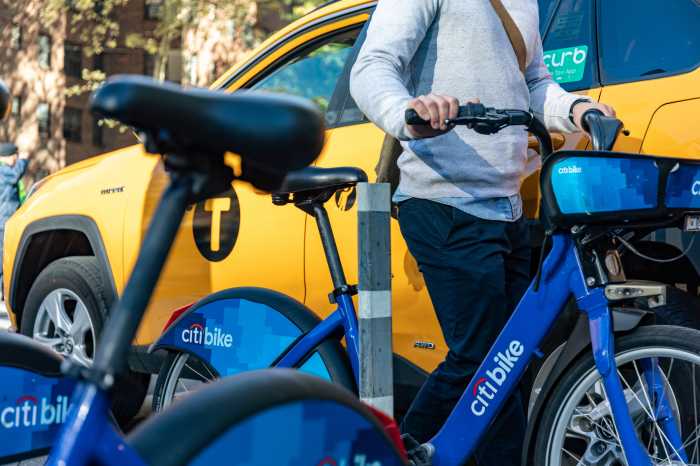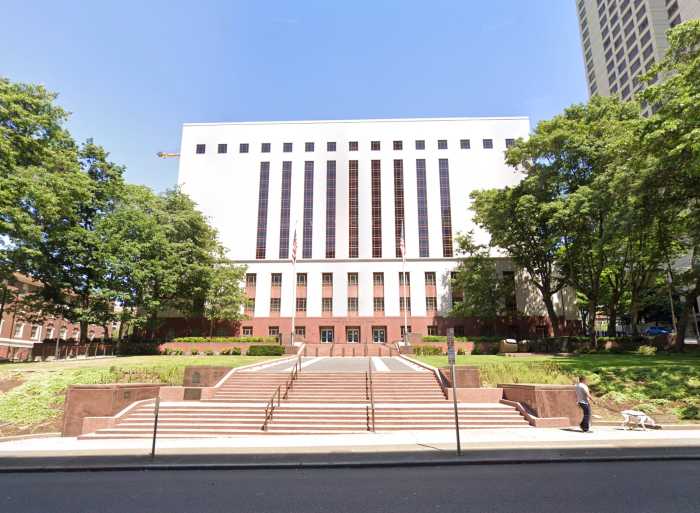Bronxites are bracing for a flood of increases to their flood insurance premiums as the Federal Emergency Management Agency prepares to release its new flood zone maps for the borough this month.
After Hurricane Sandy smashed through the city, 35,000 homeowners whose properties were left in ruins will now be forced to raise their homes by several feet or face large increases in their flood insurance premiums.
FEMA officials were already updating the maps, from the 1980’s, when Sandy hit.
Bronx elected officials will get a first hand look at the new maps before they are released, said FEMA representative Hannah Vick, to let them “know what we are looking at and why the new zones are where they are.”
The agency uses scientific modeling and data from storms similar to Sandy and area flood patterns to determine the new flood zones, she said.
Vick said there will be a public notice, comment period and open houses.
Locust Point change
Chrys Napolitano, president of the Locust Point Civic Association, said her mortgage company has already notified her that she has gone from a Zone B to a prime Zone A flood zone and that her insurance will be increased.
“It was not really a surprise. It really shouldn’t be to anyone who lives in this area,” she said. “I am not really that upset about it, what am I going to do? This is just part of the grand scheme of things.”
Community Board 10 chairman John Marano said he is worried his Lafayette Avenue home may now be included in a flood zone.
“Although I am at the highest point in Throggs Neck, I am not too far from the water, so sure, I am concerned,” Marano said. “Insurance companies are the ones who gain because they are going to start charging us crazy ridiculous premiums. The homeowners lose again, and it’s sad.”
“If the federal government wants people’s homes elevated — they should pay to do it,” he said “Everyone is going to be living on stilts and in tree houses. It’s ridiculous.”
Senator Jeff Klein said he understands people’s concerns about zoning changes.
“I cannot understate the importance of addressing disaster planning fairly and seriously,” he said. “But I also am committed to holding FEMA accountable to informing property owners what the changes in their property zoning may mean in terms of insurance costs, property values and general safety so that individuals can make educated and responsible decisions for their businesses, homes and families.”
The maps already released include the worst-hit parts of Staten Island, Brooklyn, Queens and Westchester County, and double the number of structures now in flood zones.
Property values
Homeowners in those areas now face new building codes and shrinking property values, among other costs.
People choosing to ignore the new elevation guidelines could be stuck paying insurance premiums of $9,500 a year for a typical single-family home, compared to $1,410 a year for a homeowner whose house is built at the recommended level.
Building a home three feet higher than the recommended guidelines could bring premiums down to $427 a year.
Homes newly added to the flood zone will also now be required to buy flood insurance for the first time if they have a federally backed mortgage.
Homeowners within flood zone will have two years to elevate their properties, and increased premiums will be phased into effect once the maps are put into place in 2015.
Getting help
They can look up their addresses at region2coastal.com to see what measures they’ll have to take.
Homes damaged by Sandy may qualify for up to $30,000 from FEMA to help pay rebuilding costs, but that might not be enough for some buildings.
Meanwhile, FEMA said the deadline for Hurricane Sandy survivors to register for aid is Feb. 27, the same deadline for returning disaster loan applications to the U.S. Small Business Administration.
Those in need of help can call the FEMA helpline at 800-621-3362 from 7 a.m. to 1 a.m. EST, seven days a week until further notice. To register, go to www.DisasterAssistance.gov or on smartphone at m.fema.gov.
Kirsten Sanchez can be reach via e-mail at ksanchez@cnglocal.com or by phone at (718) 742-3394

